Read the Timeline for Lifeboat within the context of the wider RAF Air Sea Rescue developments below.
You may also browse the Lifeboat timeline by itself.
The Airborne Lifeboat timeline is a relatively short period within the Air Sea Rescue lifetime. Conceived in 1941 the Lifeboat played an important part in rescuing ditched crews during the war but by the mid 1950s demand had dropped and what demand there was met by helicopters. Interestingly though many of the retired lifeboats after the war were used as pleasure yachts well into the 1960s.
| Air Sea Rescue Services Timeline | Airborne Lifeboats Timeline | ||
|---|---|---|---|
| 1925 | |||
| August | The first dinghy, Type ‘A’, introduced for flying boat crews Type ‘A’ dinghy, with a capacity for three,introduced for use with flying boats. Over the next ten years it developed for use in emergencies.. | ||
| 1935 | |||
| August | 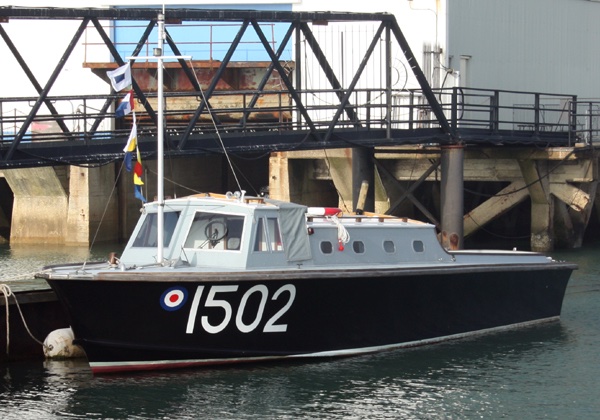 | First operational High Speed Launch for ASR Operations Fifteen Speed Launches were ordered and allocated to Coastal Command and overseas stations. The first was allocated n August 1935. As the war developed and demand grew the RAF found themselves in competition with the ... | |
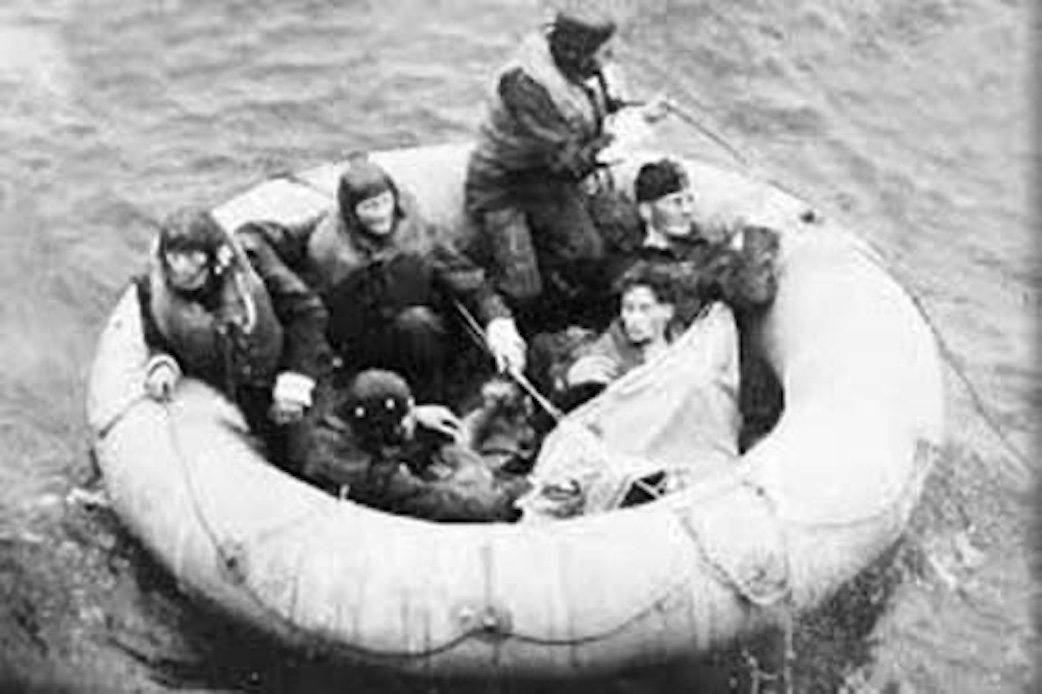 | Youngman’ dinghy, in three sizes in use A circular dinghy stowed on the upper wing of aircraft and released on ditching for the crew to await rescue..Youngman dinghy | ||
| 1938 | |||
| December | Demand for greater North Sea ASR capability raised.
AOCinC Bomber Command (Air Chf Mshl Sir Edgar Ludlow-Hewitt) highlighted need for better ASR due to increased fights over North Sea as part of war plans being made. Although crews had dinghies they ... | ||
| 1940 | |||
| January | 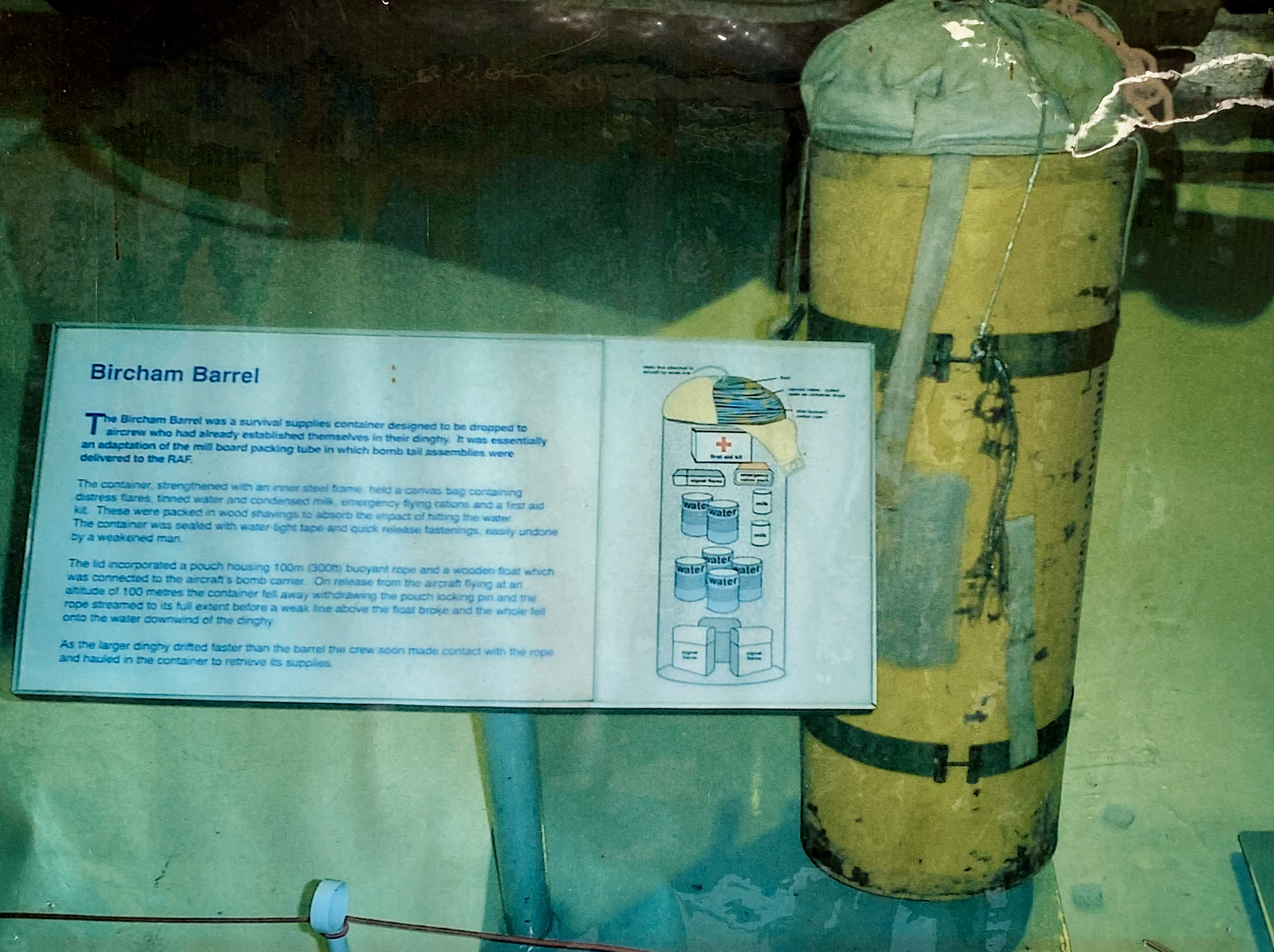 | Thornaby Bag, Bircham Barrel and Lindholme Gear adopted
Individual centres developed their own local solutions for dropping emergency gear to ditched crew. The Thornaby Bag This consisted of a strengthened fabric parachute ... | |
| July | Estimated 20% of ditched aircrew saved. . | ||
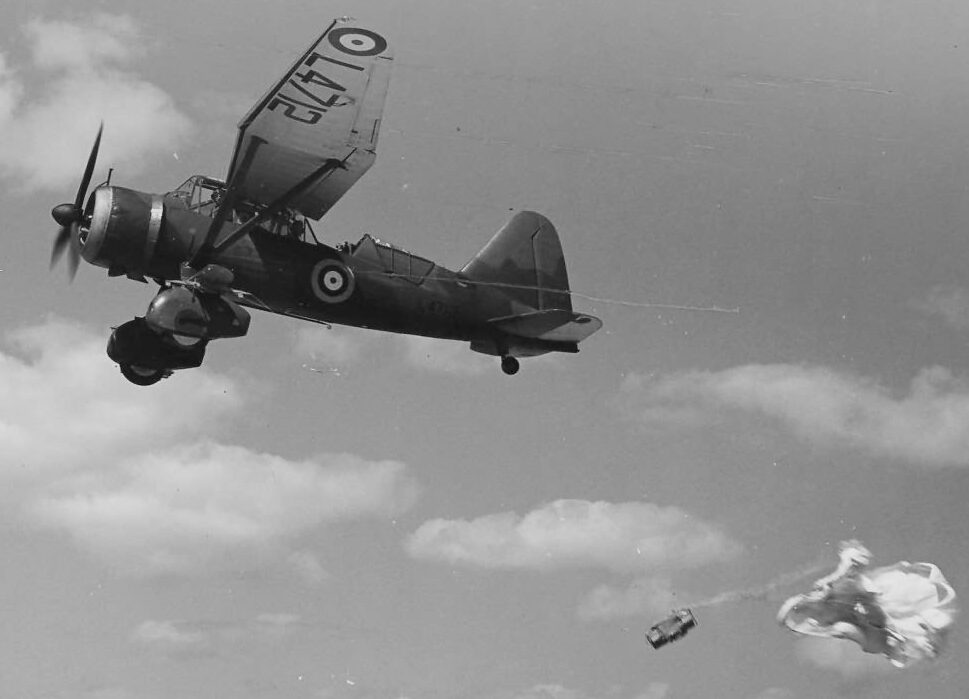 | Combined Services ‘Sea Rescue Organisation’ created
19th July 1940 Still only 14 launches in service. In just three weeks over 220 aircrew were killed or missing, the majority over the sea. As a result Vice Admiral ... | ||
| August |  | ‘H’ and ‘J’ dinghies developed with increased capacity and stability Various versions of dinghy were made and by the end of 1940 all multi-seat aircraft were fitted with dinghies. They were fitted with a variety of emergency equipment and crews were trained in how to ... | |
| 1941 | |||
| February | Air/Sea Rescue Service established to improve equipment, training and coordination.
6th February 1941 – the Sea Rescues Directorate (soon renamed ‘Air/Sea Rescue Services’) is formed responsible for co-ordinating all searches for aircraft and crew, for the development and dropping of equipment to located ... | ||
| March | 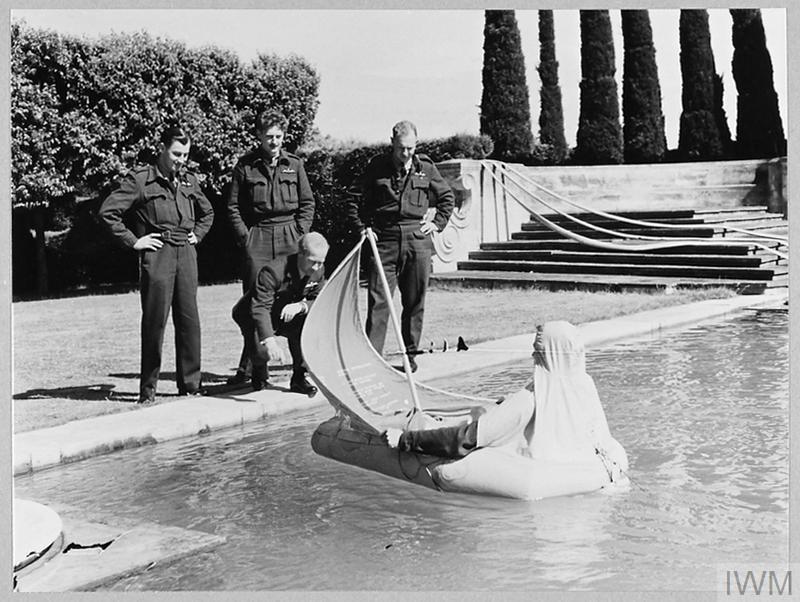 | Single seat ‘K’ type dinghy established for fighters Up until now fighter pilots still relied on personal buoyancy aids. The ‘K’ type was packed attached to the parachute or ‘Mae West’ and soon had improvements of paddles, mast, protective capes and hoods, and ... | |
| April | Estimated 35% of ditched aircrew saved The improved dinghies, better training, increased numbers of High Speed Launches and better organisation have made a substantial impact on losses. | ||
 | Idea for airborne lifeboat solidifies
1941, two years into the war, saw the idea of an Airborne lifeboat put forward. Across the RAF people were applying a great deal of thought to giving ditched crew a greater chance ... | ||
| September | Crew losses lead to dedicated ASR Squadrons 275,276,277,278 with Hudson, Walrus and Lysander. Agreement to significantly increased resources for ASR based oncerns that rescue services were not expanding in proportion to offensive operations. The proportion of rescued ditched aircrew had risen from 20% to 35% due to the ... | ||
| November | 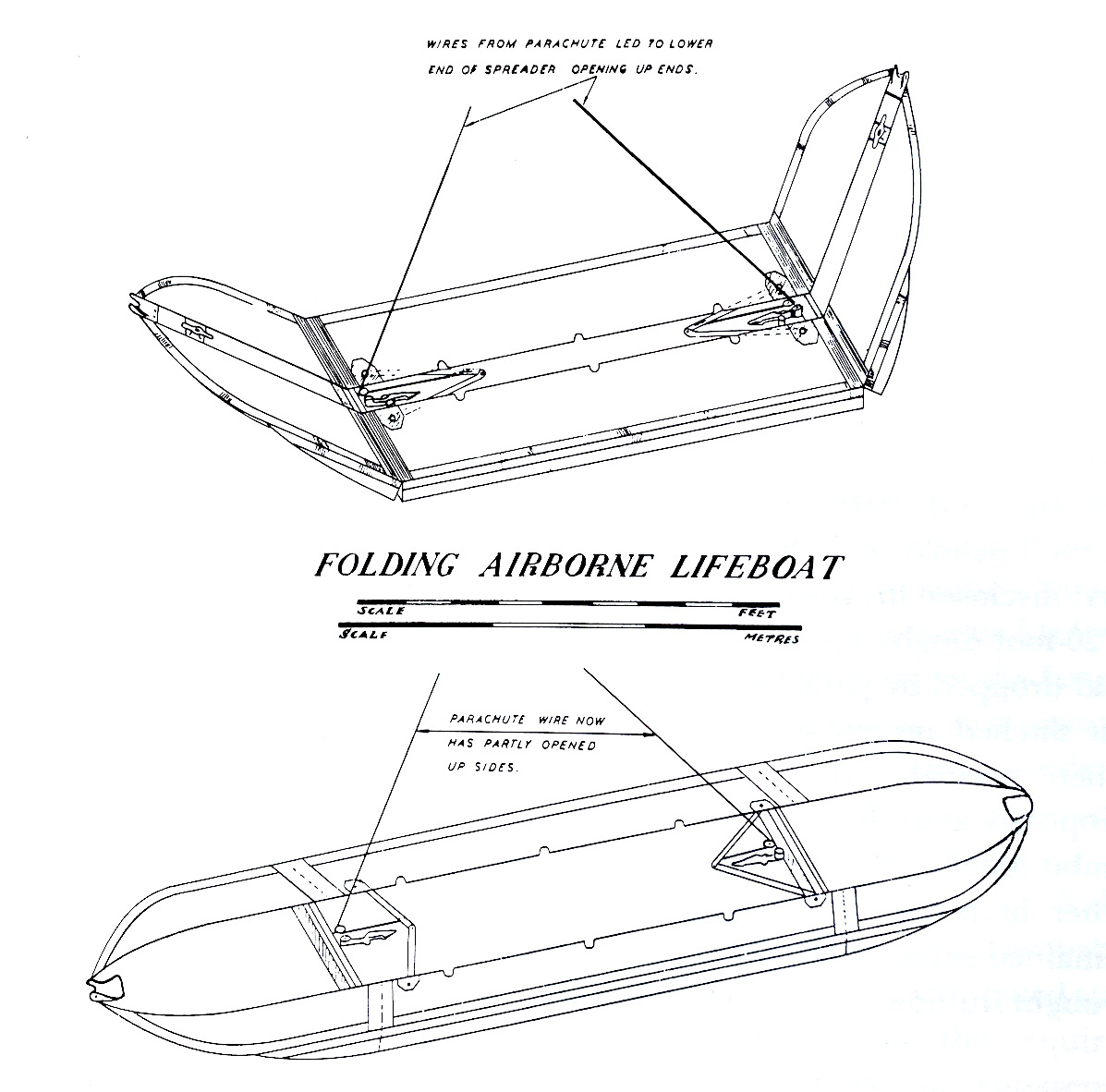 | Uffa Fox engages with Air Ministry in his own inimitable manner Uffa enthusiastically pursued the idea. He experimented with the idea of a folding boat to be carried inside the bomb bay of an aircraft. Uffa writes about this in his book ‘Joys of Life’. He ... | |
| 1942 | |||
| January | 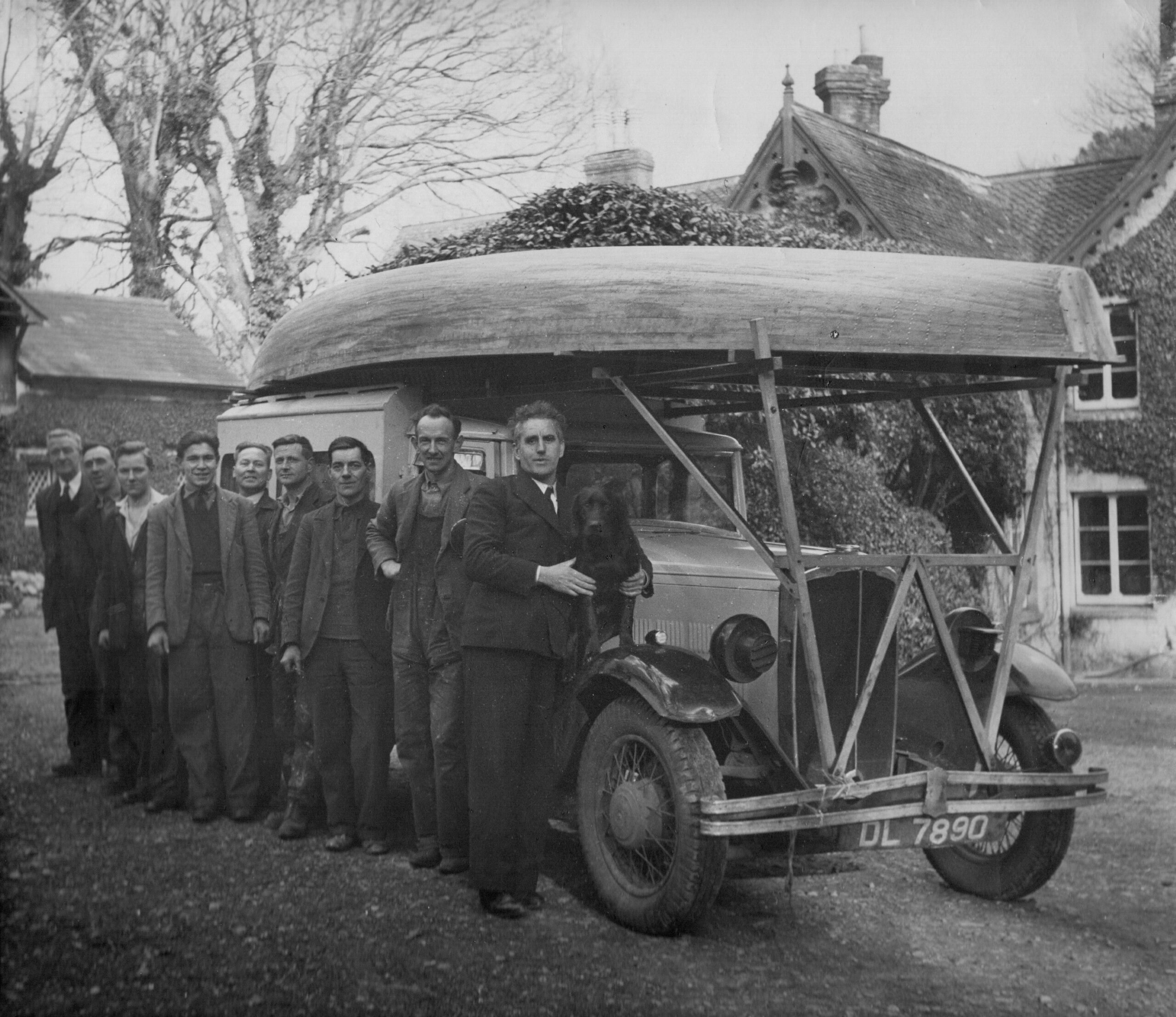 | Uffa Fox 20′ lifeboat proposal refines requirements
Photo from the Uffa Fox Archive During January 1942 Uffa Fox discusses proposals for a lifeboat twenty feet long with Director of Technical Services, Deputy Director Air ... | |
| May | US involvement further expands ASR capability The arrival of US Air Forces added further impetus to the development of RAF ASR services. They climbed a steep learning curve regarding operations over the sea and provided significant assistance with equipment, training, organisation ... | ||
| September |  | 23′ Mark I Design confirmed
The development of the Mark I during Spring 1942 led to preliminary tests in August. The following is a summary of key changes from the 20′ prototype tested earlier in ... | |
| October | Decision to replace Hudsons with Warwicks for ASR
By October 1942, before the ASR Hudson had even become operational, it had already been decided to replace them with Warwicks. This meant meant adapting the lifeboat to fit the new aircraft. The ... | ||
| 1943 | |||
| January |  | Development drags on Although the hull and concept were now agreed development was taking a long time due to finalise design and supply of all of the equipment and gear required, partly because the lifeboat was competing with ... | |
| February |  | 279 Squadron Hudsons operational with Mark I
No 279 Squadron’s Hudsons eventually became operational with lifeboats in January 1943. The lifeboats were well provided with signalling aids plus sufficient food, drink and comforts, including waterproof suits and first aid kit, ... | |
 | Training – 279’s First lifeboat drop
There were many teething troubles with the lifeboat, its gear and understanding of to use them. The ground and aircraft crews needed training and practice in their use and deployment. ... | ||
| May |  | XFirst Operational drop, 279 Squadron
5th May 1943 – Three Hudsons from 279 Squadron attended the ditched crew of a Halifax (102 Squadron) returning from a raid on Germany. Their position was 85 miles East of Spurn ... | |
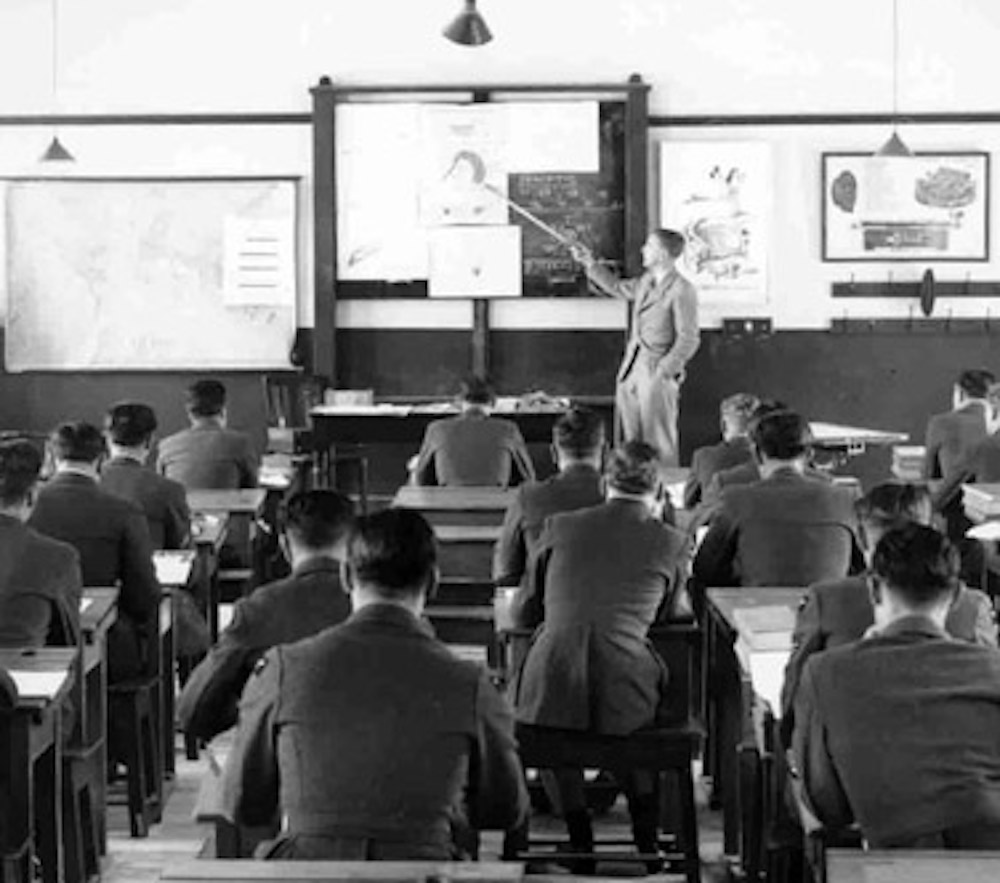 | School of Air Sea Rescue formed as part of concentration on aircrew survival training. School of Air/Sea Rescue formed near Blackpool as part of concentration on preparing air crew for ditching procedures and in use of survival equipment. | ||
| October | 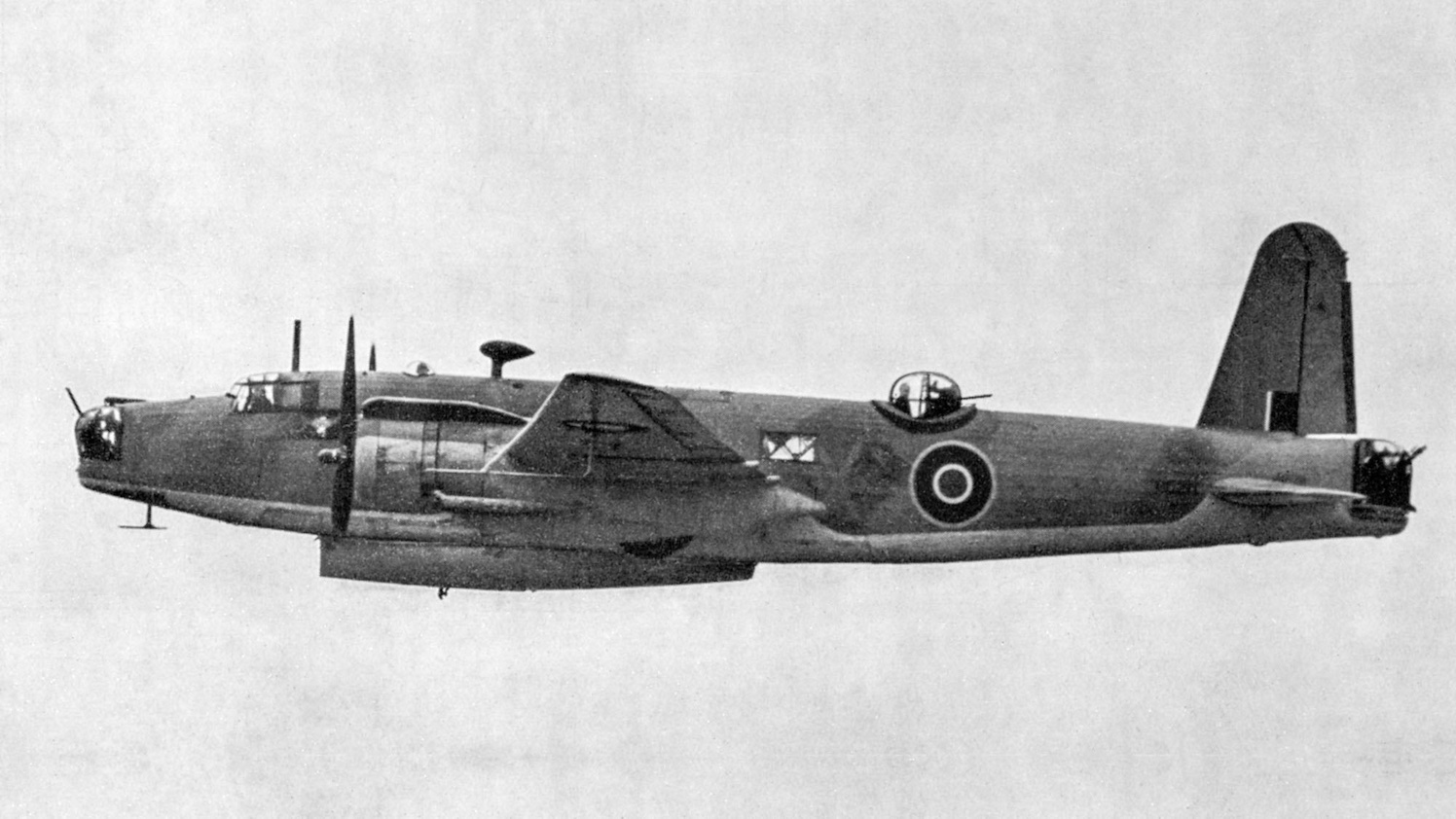 | Mark IA and Warwicks operational
The first Warwicks for Air Sea Rescue service were delivered to 280 Squadron. They were then supplied to 276, 278, 281 and 282 Squadrons in time for D-Day. Uffa Fox had started work on his ideas for other versions of an Airborne Lifeboat immediately the Mark I was designed and probably before. The Air Ministry invited tenders from many boatbuilding companies ... | |
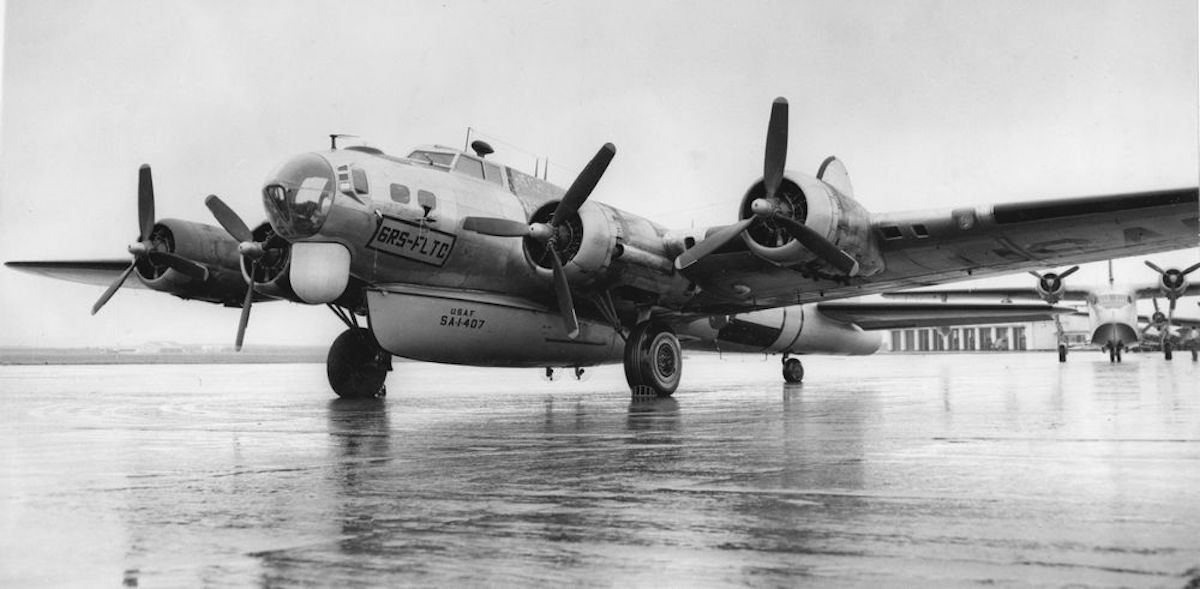 | Mark I trialled on American planes The USAAF were interested in the Airborne Lifeboat and some early trials were made with the Mark I, supported by Uffa Fox. Several lifeboats were sent to USA from which the American A-1 lifeboat was ... | ||
| 1944 | |||
| May |  | Mark II built for Warwicks and later Mark IIa for Lancasters The Mark II Airborne Lifeboat was six feet longer than the Mark I, taking advantage of the larger Warwick. Although fundamentally the same conceptually it had larger carrying capacity and incorporated detail improvements from experience ... | |
| June | ASR demand decreases after D-Day After D-Day ASR demand starts to decrease thanks to operations moving inland on the Continent. This enabled 276 Squadron to move to the Continent to supply a local service.. | ||
| October |  | The A-1 lifeboat has been fitted to 14 American aircraft.
The USAAF created their own design with input from the RAF and Uffa. The first operational design was the A-1 and it was followed up by a series of bigger designs, mainly after ... | |
| Alternative ‘Mark II’ designs in moulded plywood evaluated Vosper and Merrom both designed and trialled moulded ply hulls during 1944. The Merron boat trials were extensive and initially favourable. Ten boats were ordered but the design was dropped after trials in 1945. | |||
| 1945 | |||
| January | 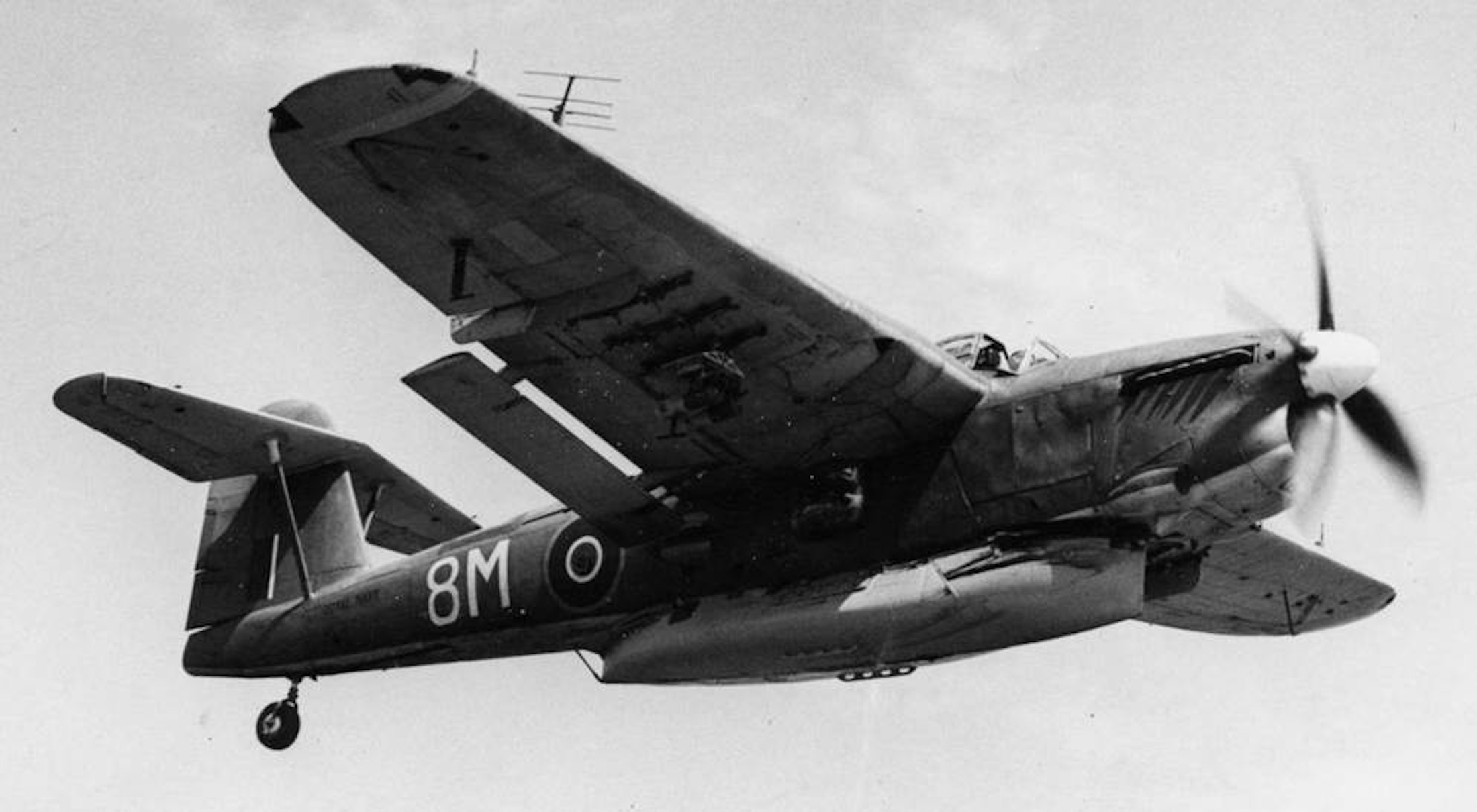 | Mark RN-1. The Fleet Air Arm experiment with an 18′ lifeboat on a Fairey Aviation Barracuda One of a number of designs eminating from Uffa’s yard after the Mark I design was complete. Most were not taken forward but the Royal Navy did have a boat, RN-1, to a 17’6″ ... | |
| May | ASR focus moves from the South to Scotland. Shift in ASR Focus from the South to Scotland to support large-scale anti shipping campaign. Supported by 279 Squadron at Thornaby, Teeside..Map? | ||
| 1948 | |||
| December | 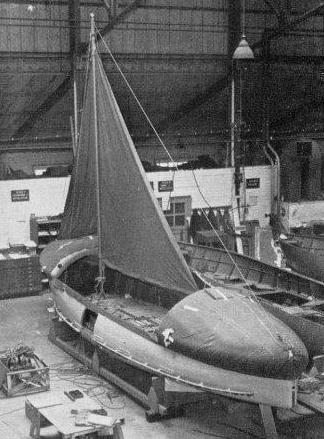 | Mark III design developed by Saunders Roe, Beaumaris
The wooden Mark I and Mark II hulls suffered in mediterranean and tropical climates so an alloy hull was designed. The Mark III was to be fitted to Shackletons, much larger than the ... | |
| 1960 | |||
| January | 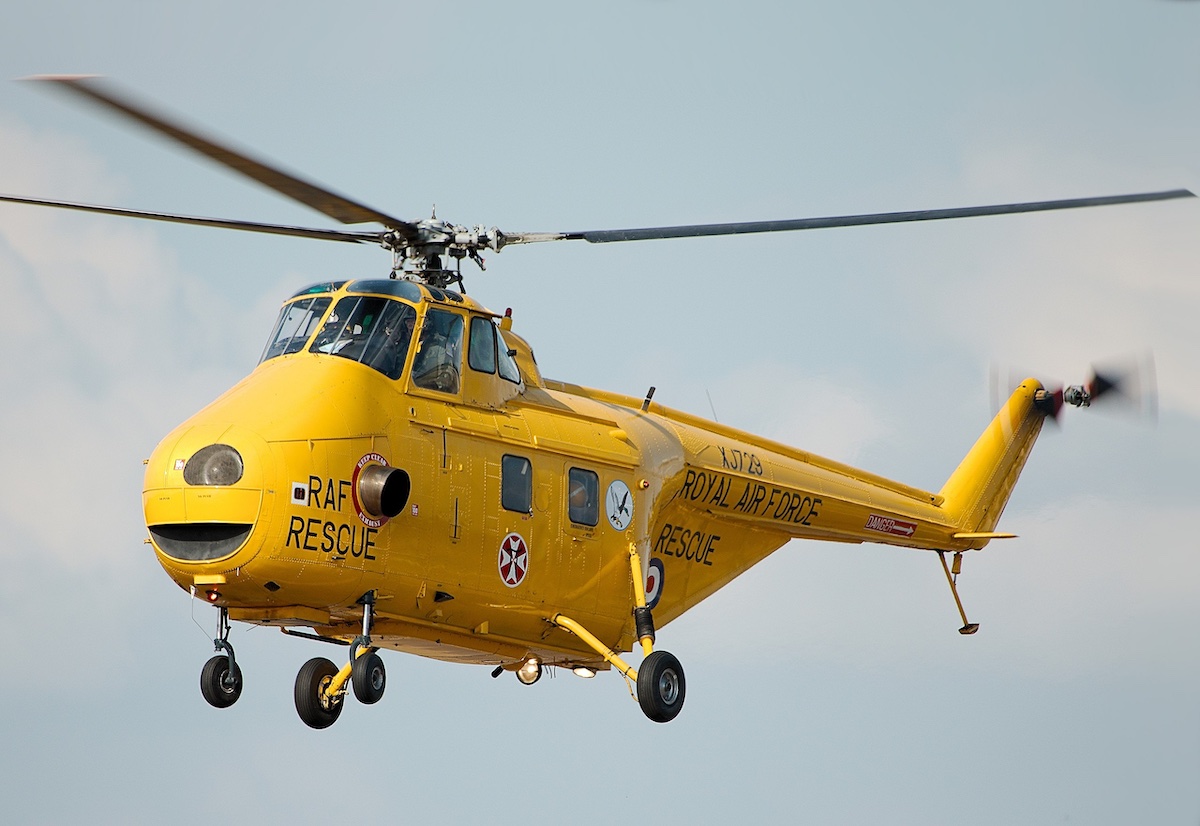 | Helicopters effectively replace marine craft
In the 1950s helicopters like the Westland Whirlwind began to replace fixed wing aircraft and launches for rescue services thanks to their ability to hover to recover survivors. The superiority of helicopters was ... | |
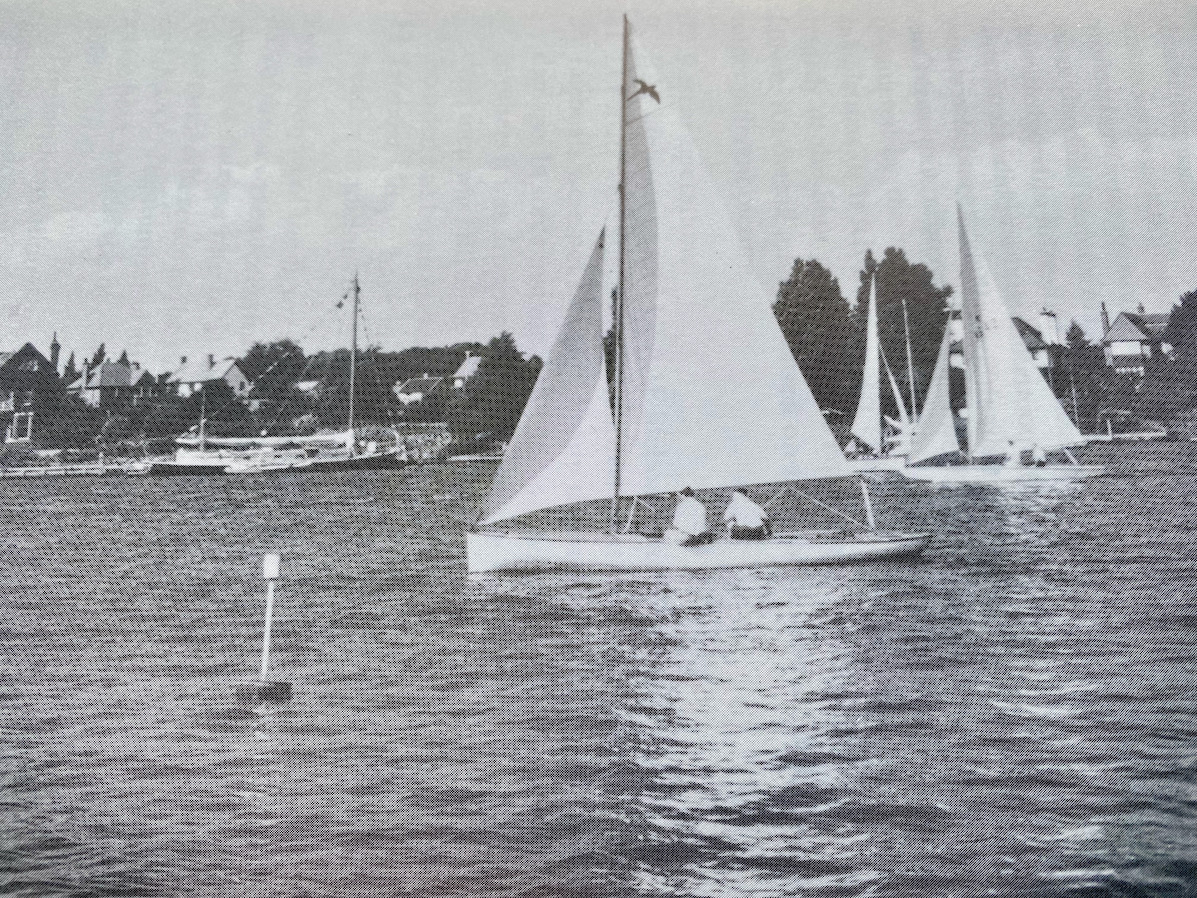 | Lifeboats live on as affordable yachts
In the years after the end of the war surviving lifeboats were disposed of by the Air Sea Rescue service. Many were converted to pleasure use with the Royal Air Force Sailing ... | ||